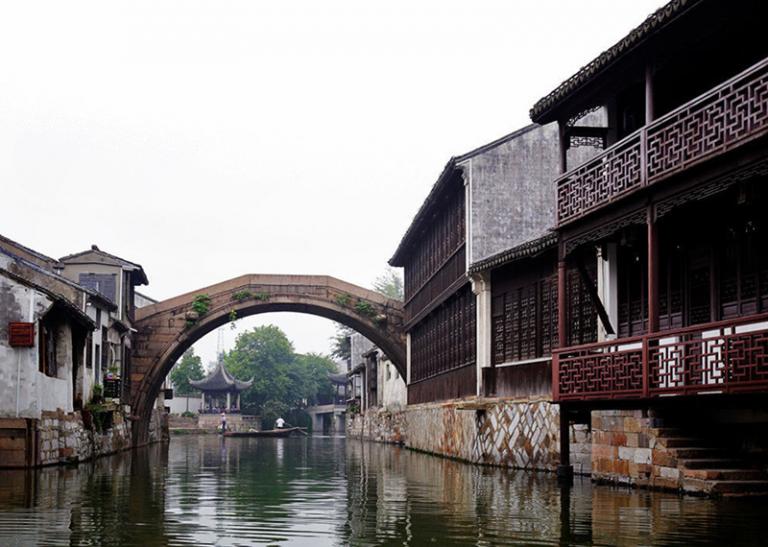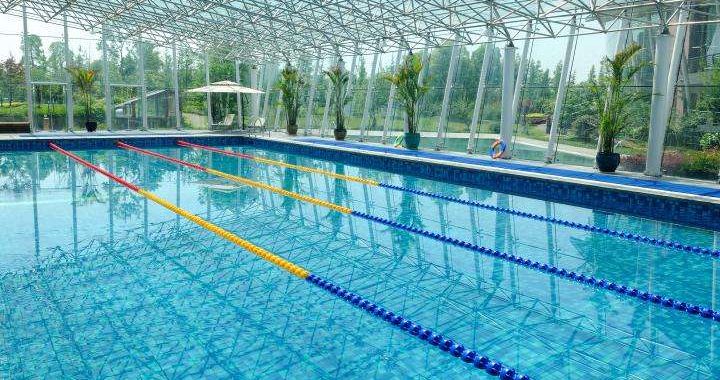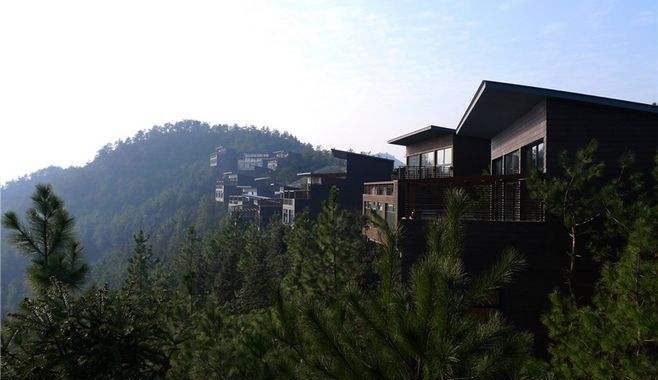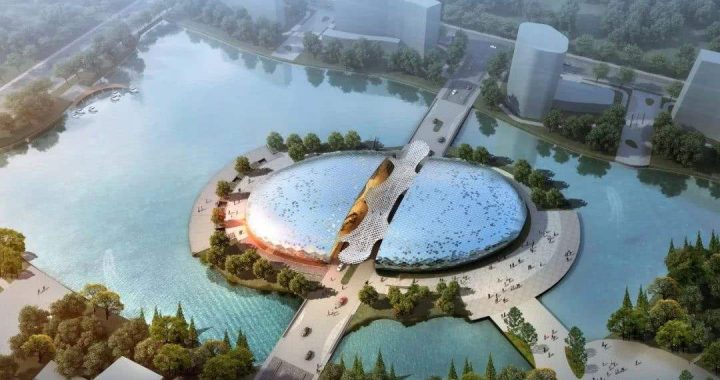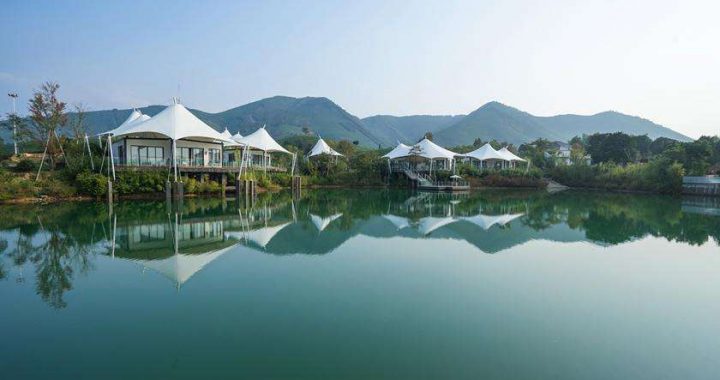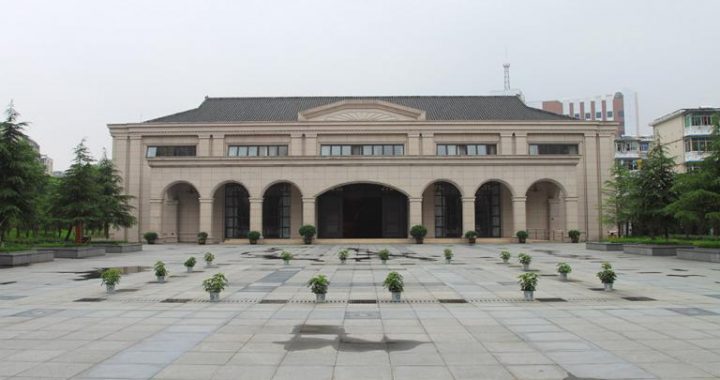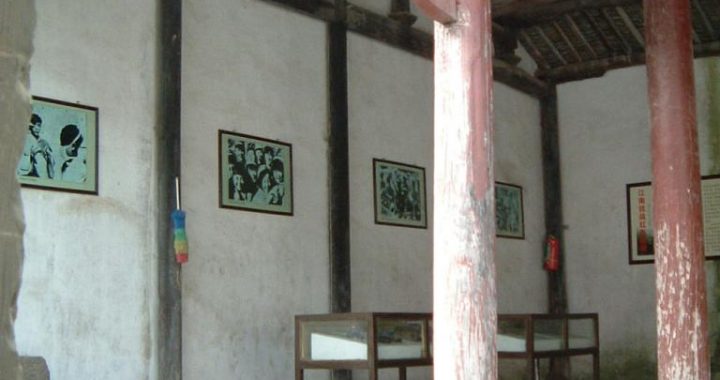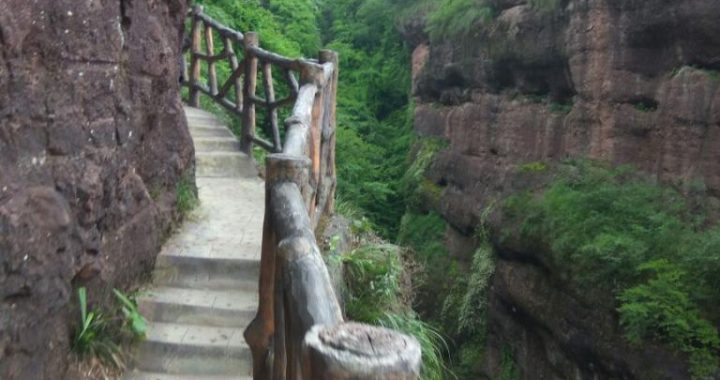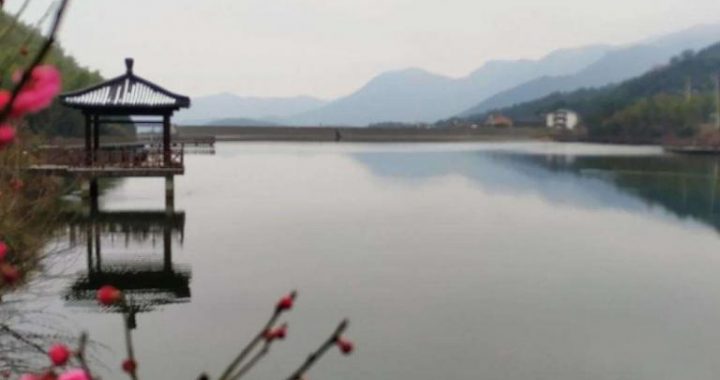Tiefo Temple in Huzhou City
5 min readIron Budda Temple is located at the downtown of the Wuxing district.
The temple has an iron statue of the Avalokiteshvara in the front hall. Because of that, the temple is named after the iron Buddha. Together withthe bronze bell from Japan placed in the back hall, and the giant tabletcarved with a prose of “Tian Ning Wan Shou Temple”in the handwriting of Zhao Mengfu, they are called three treasures in Tiefo Temple.
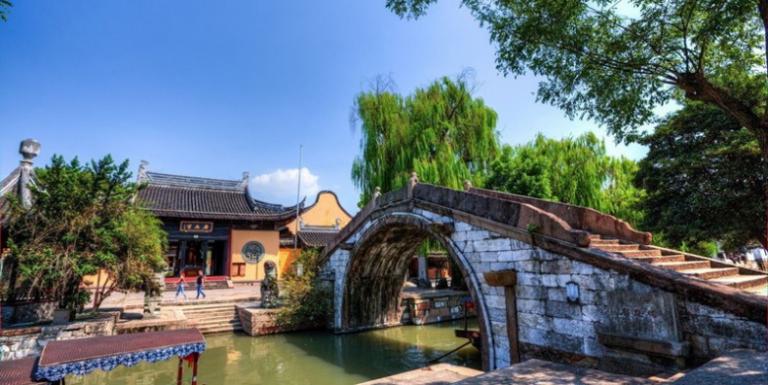
The iron Avalokiteshvara statue is 2.15 meters in height and about 1.5 tons in weight. He stands on his right side, wears his bun on top of his head, has plump cheeks with gentle smile and crosses his arms in front of his chest. He stands on a converted lotus base with bare feet and poses himself in the shape of an”S”. He is a combination of the artistic styles of the Tang Dynasty (people at that time took plumpness as beauty) and the Song Dynasty (Buddha was the symbol of handsomeness). The statue is elegant, serene, and graceful. This artistic entity is fully presented in the masterpiece.
It enjoys the reputation of”Oriental Venus”just for the fact that the iron Avalokiteshvara statue was initially created in the appearance of female in this temple.
According to the description in Wuxing Records from the Jiatai Period of the Song Dynasty, Tiefo Temple was originally located 190 meters away from the current location at the southeast of Kaiyuan Temple. It is said that Jian Zhen,a great monk who failed three times to travel across the ocean to Japan, once came to Huzhou via Ningbo to preach a sermon. He wished to set up an iron statue of the Avalokiteshvara in his life, but he did not settle the matter that had been weighing on his mind. Until the 3rd year of the Tiansheng Period during the Song Dynasty (1025), the iron Buddha was cast and placed at the east corridor of the temple in the southeast part of Kaiyuan Temple. Later, Tiefo Temple was rebuilt after suffering from a fire, and its name was changed to Iron Avalokiteshvara Temple. Subsequently, the name of the temple was changed several times, such as “Shou Sheng Iron Avalokiteshvara Temple”in the first year of the Xining Period(1068), “Guang Fu Iron Avalokiteshvara Temple”in the 22nd year of the Shaoxing Period during the Southern Song Dynasty (1152). During the time of Jiatai Period (1201), Kaiyuan Temple and Zhizhe Temple (otherwise called Sage Temple) on the west side were destroyed. Guangfu Iron Avalokiteshvara Temple as an individual temple on the east side was also destroyed into ruins during the last years of the Yuan Dynasty, leaving behind only the iron Avalokiteshvara statue.
According to the description about the history of Tiefo Temple in the Records of Huzhou Prefecture of the Chenghua Period in the Ming Dynasty, the temple was moved to the current location in the 2nd year of Hongwu in the Ming Dynasty (1369), and its name was changed to Tiefo Temple. In the 8th year of Xuande Period(1433), some monks cast other three iron statues, Sakyamuni, Manjuist and Samantabhadra, and built up Ciyun Pavilion.
During the Tongzhi Period of the Qing Dynasty(1862-1874),the temple was once again destroyed in the war,and only the iron Avalokiteshvara statue and the three iron Buddha statues remained intact.In the 13th year of the Tongzhi Period,the Avalokiteshvara Temple was rebuilt,and it was repaired again in the first years of the Guangxu Period.In the 30th year of the period of the Republic of China,Monk Heng Sen was elected to be theabbot of the Tiefo Temple.Later,other statues like Ananda,Kasyapa and18 arahats were added to the temple.
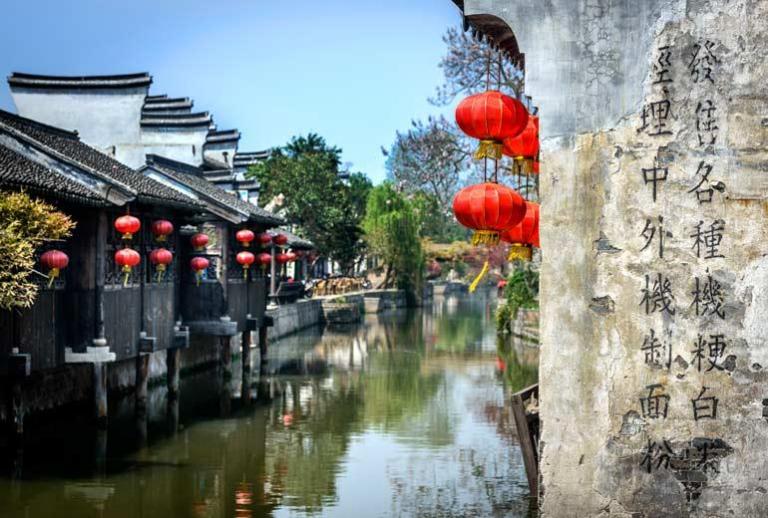
After the foundation of the People’s Republic of China,Tiefo Temple was listed as the historical and cultural relic under the provincial protection in 1963.Unfortunately,during the”Cultural Revolution”(1966-1976),the three iron statues were thrown out,and then melted down.Mystically,the iron Avalokiteshvara statue survived once again,but its one hand was lost.
In the period of”Cultural Revolution”,Tiefo Temple was used as a refractory plant.Since 1978,the provincial government of Zhejiang and local government have allocated funds to restore and renovate Tiefo Temple in stages.In 1981,the temple was listed once more as one of protection units of cultural relics at the provincial level.
After the renovation,the sge temple has been enriched with some treasured cultural relics.
Two giant tablets from the 3rd year of Huichang Period of the Tang Dynasty(843)were moved into the temple from the original site of Tianning Temple.One of the tables was created by Zhao Mengfu.It is said that Zhao was invited at that time by the abbot Shi Chunming to write a few words for commemoration. He managed to write several times, but he was unsatisfied with what he did. Unexpectedly, when he tried to write on a desk, he found he succeeded. Then, the board of the desk was taken off and directly used as the plaque. The inscription was eventually copied and carved onto a stone, and settled at the entrance of the temple.
There is another legend about the bronze bell from Japan in the temple.
The bell was cast in the 3rd year of the Baoyong Period in Japan (1706). It is 1.6meters in height and 1.5 tons in weight. Japanese Buddhism waned and went downhill during the Meiji Reform. When Hu Guangyong, thefounder of”Hu Qing Yu Tang”(a drug store of traditional Chinese medicine), travelled to Japan, he bought several bronze bells back and donated them to some temples. It is believed that only two bells have been well preserved, one kept in Tiefo Temple of Huzhou and the other kept in Yue Temple of Hangzhou. Except for the bell, an ancient well in the temple from the Ming Dynasty is worth seeing. The well was very strange in the following period of more than 500 years. Rumour has it that the water inside held neither deep nor shallow, and always kept clean for years, no matter how oppressive the weather was or unbroken spell of flood happened.
The well was dug out by a monk Tanbi in the 8th year of the Xuande Period (1434). It is encircled now by white marble rails for protection.
Now Tiefo Temple is enclosed in the long dull red walls, and several yulan magnolia trees are planted near the entrance of the temple. The fragrance of white flowers can be smelled for miles away when they blossom in midsummer. Every year many foreign tourists and delegations from different countries come to Huzhou, and pay visits to the temple out of respect and admiration. It has become one of the hottest tourist spots in Huzhou for domestic and overseas Chinese as well as Buddhists.
